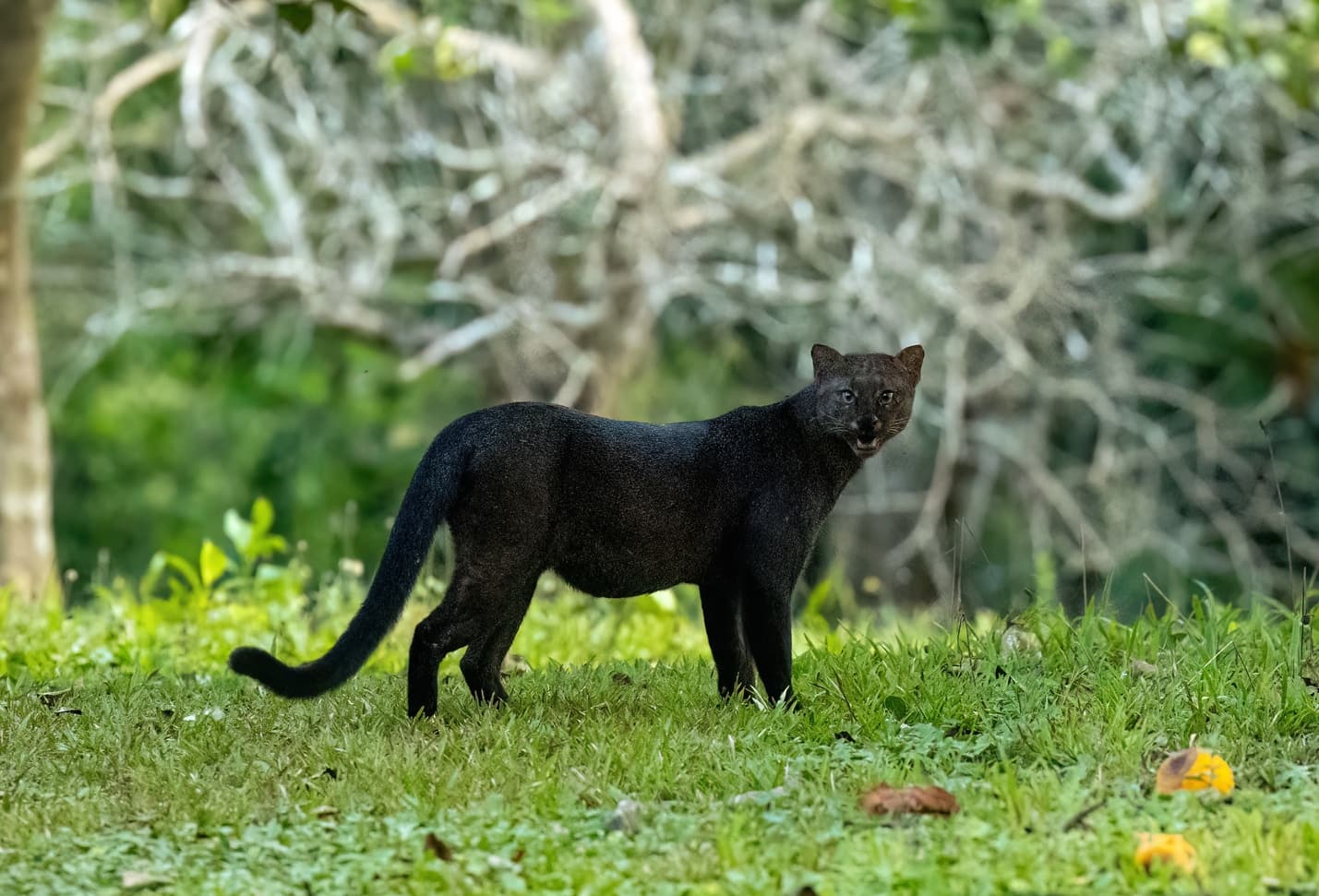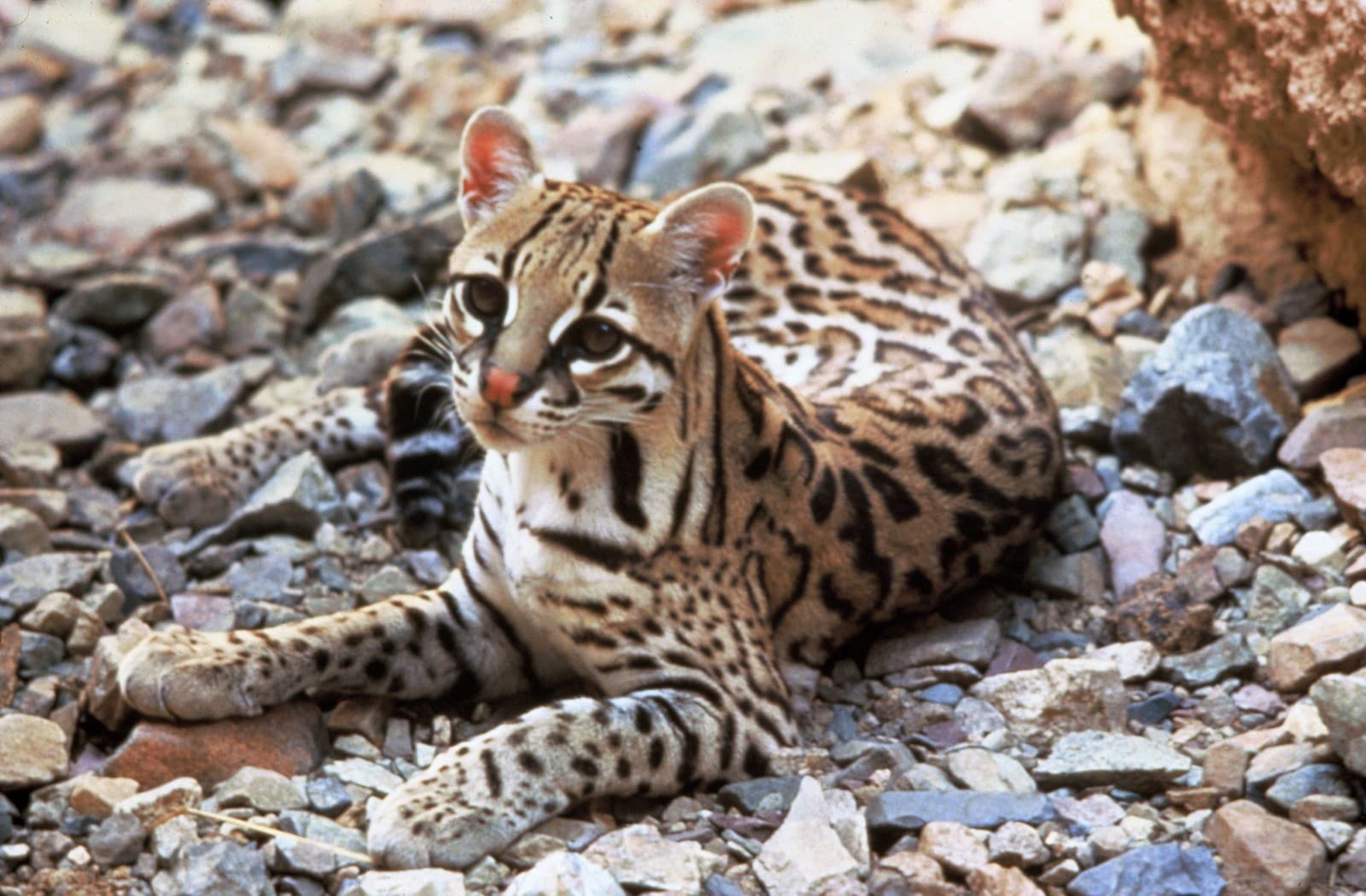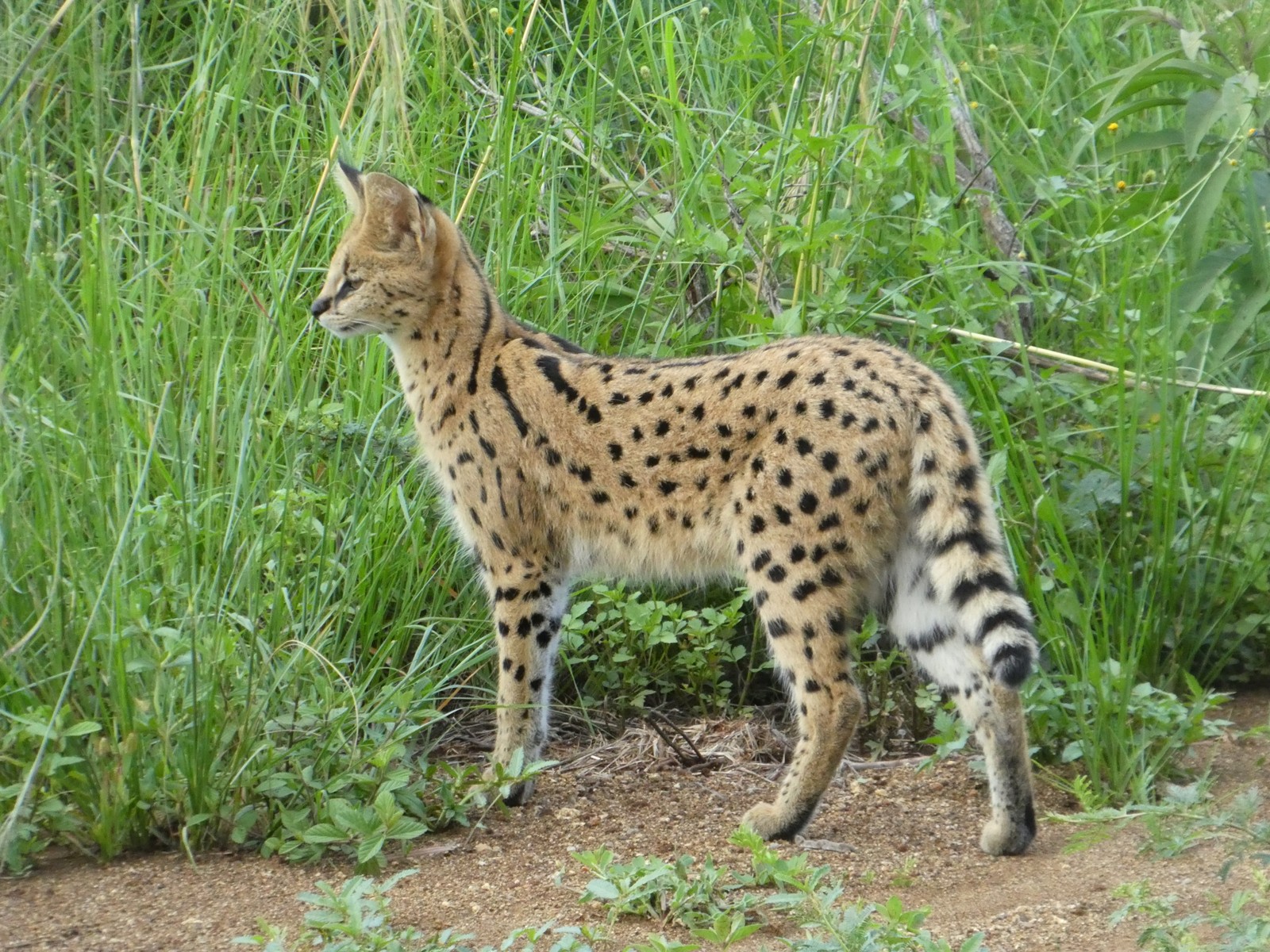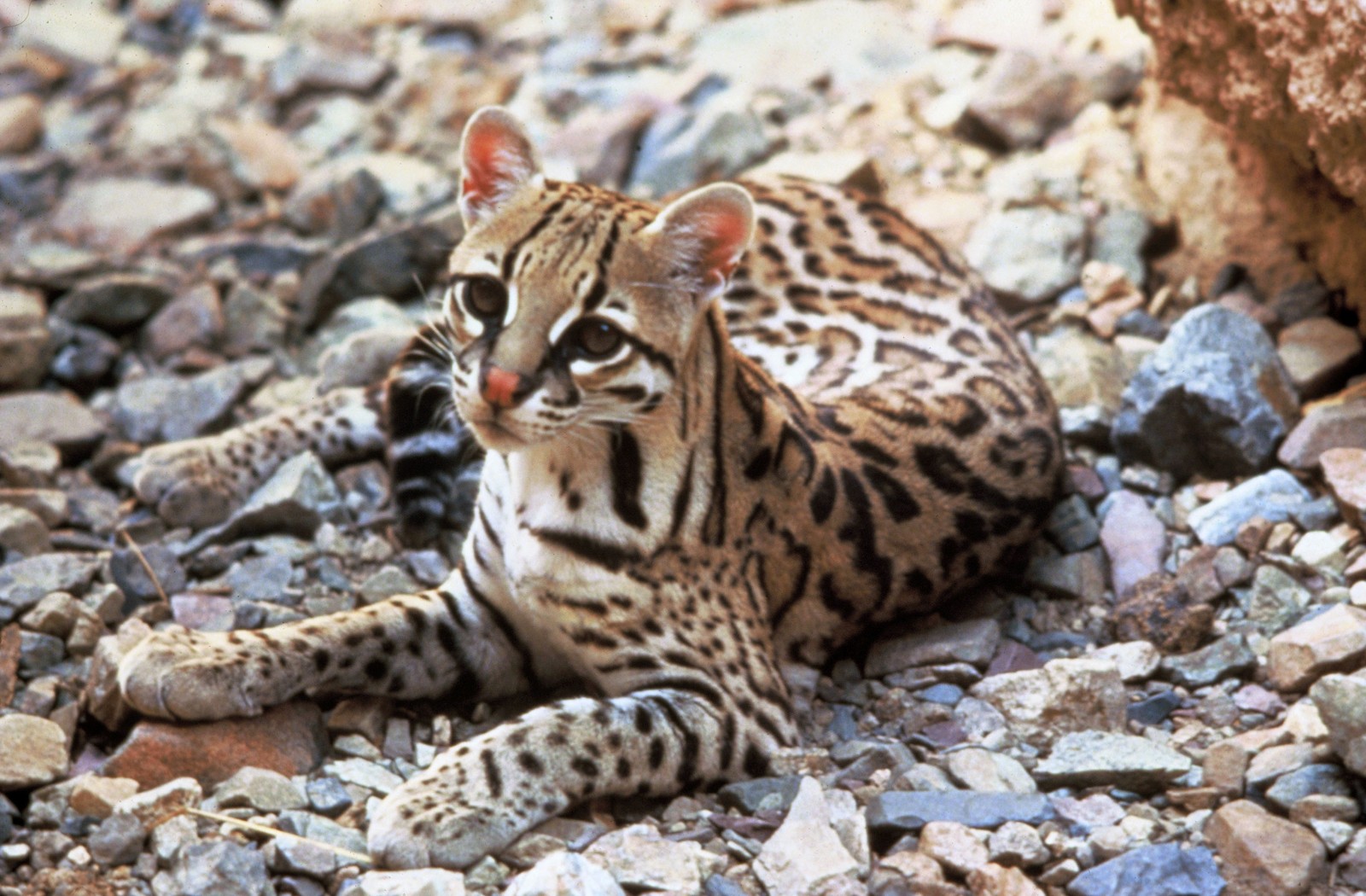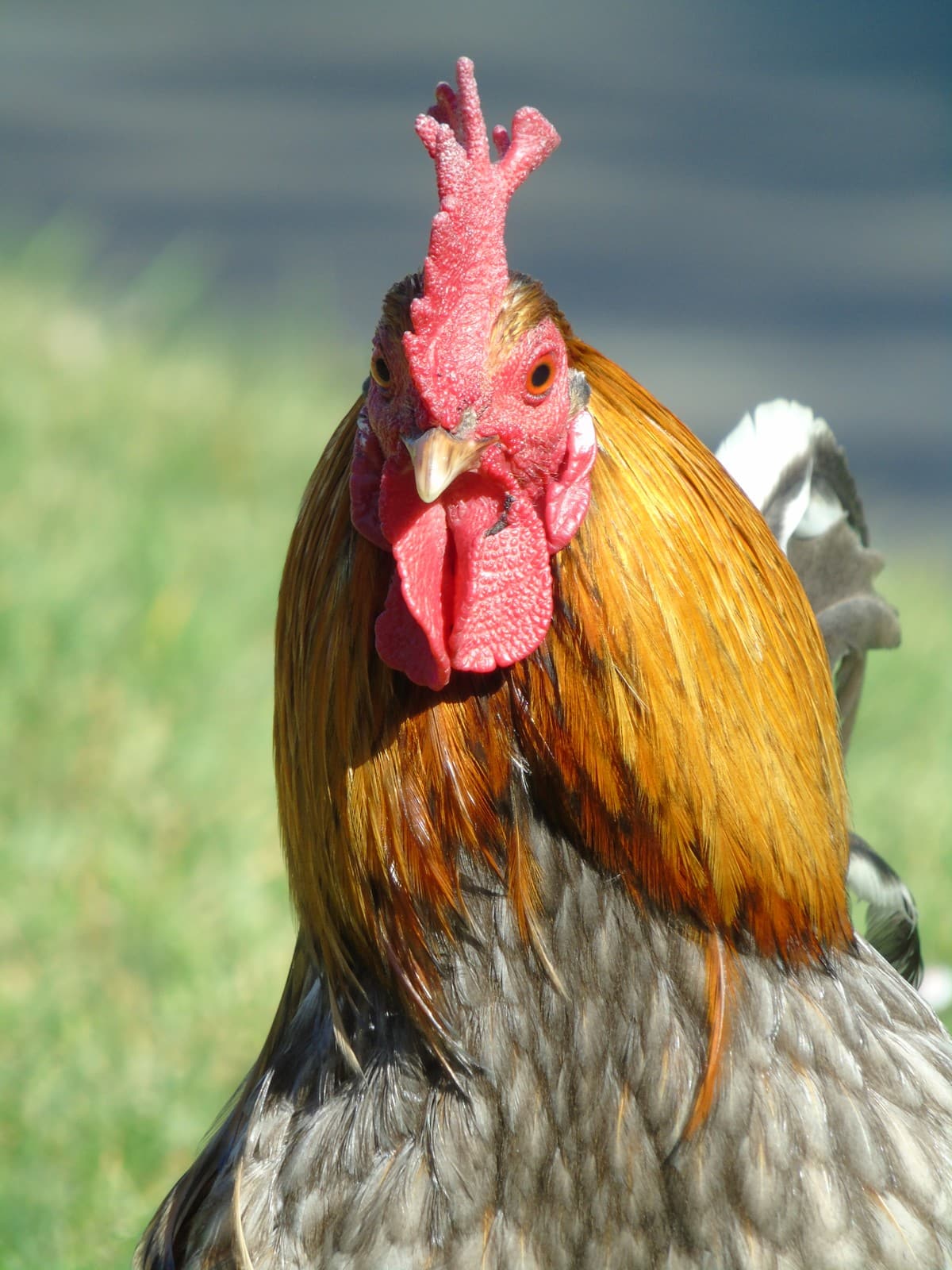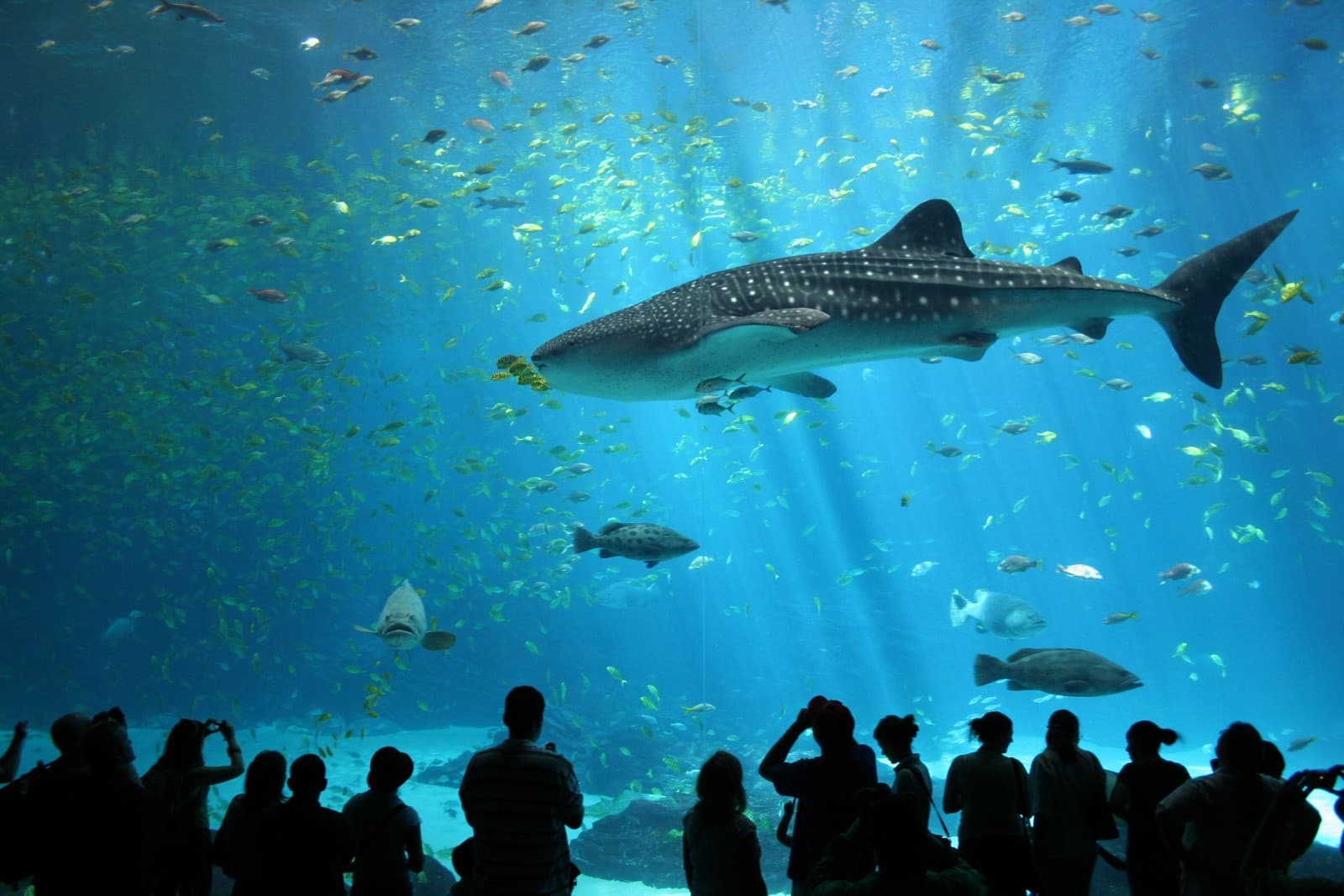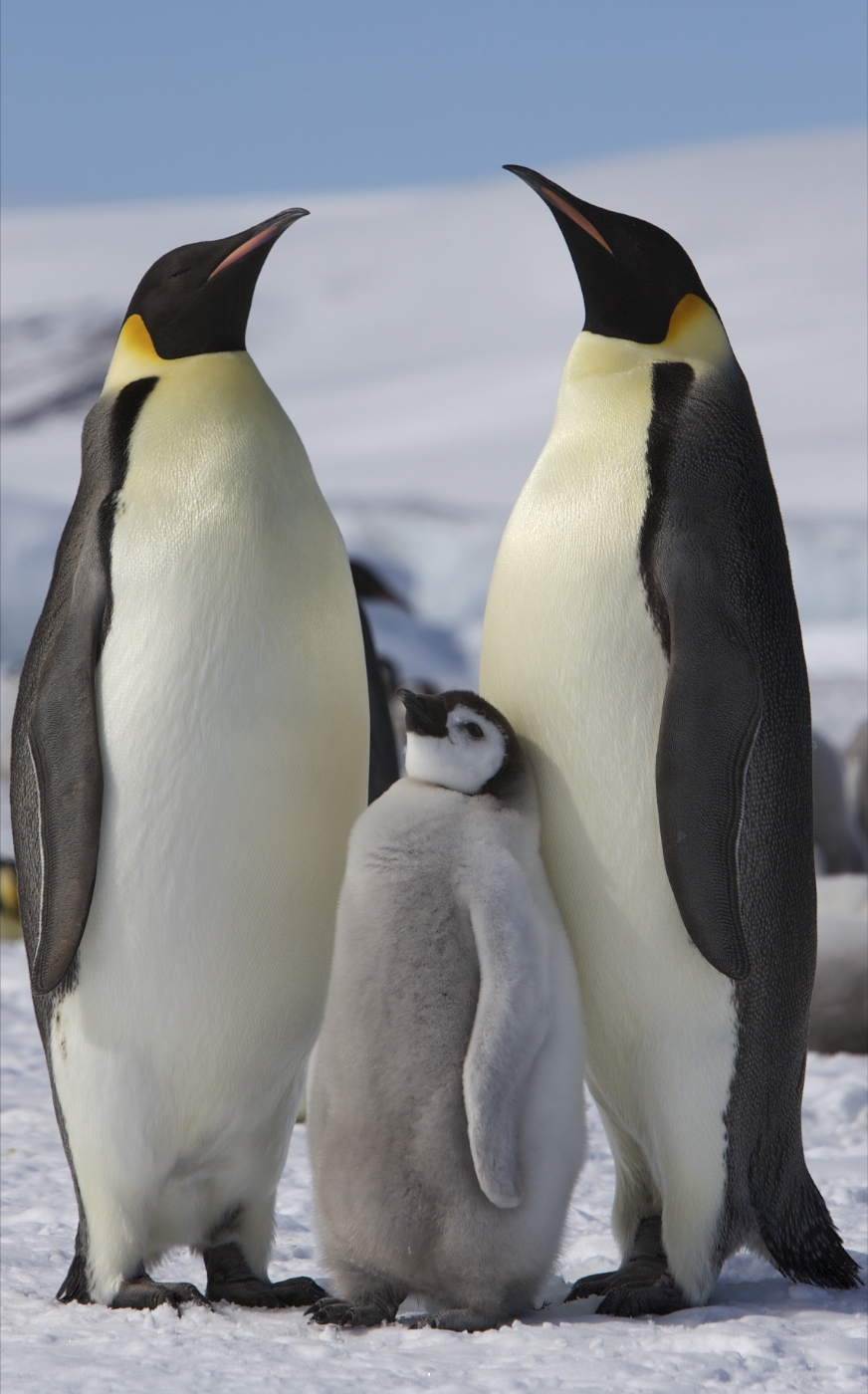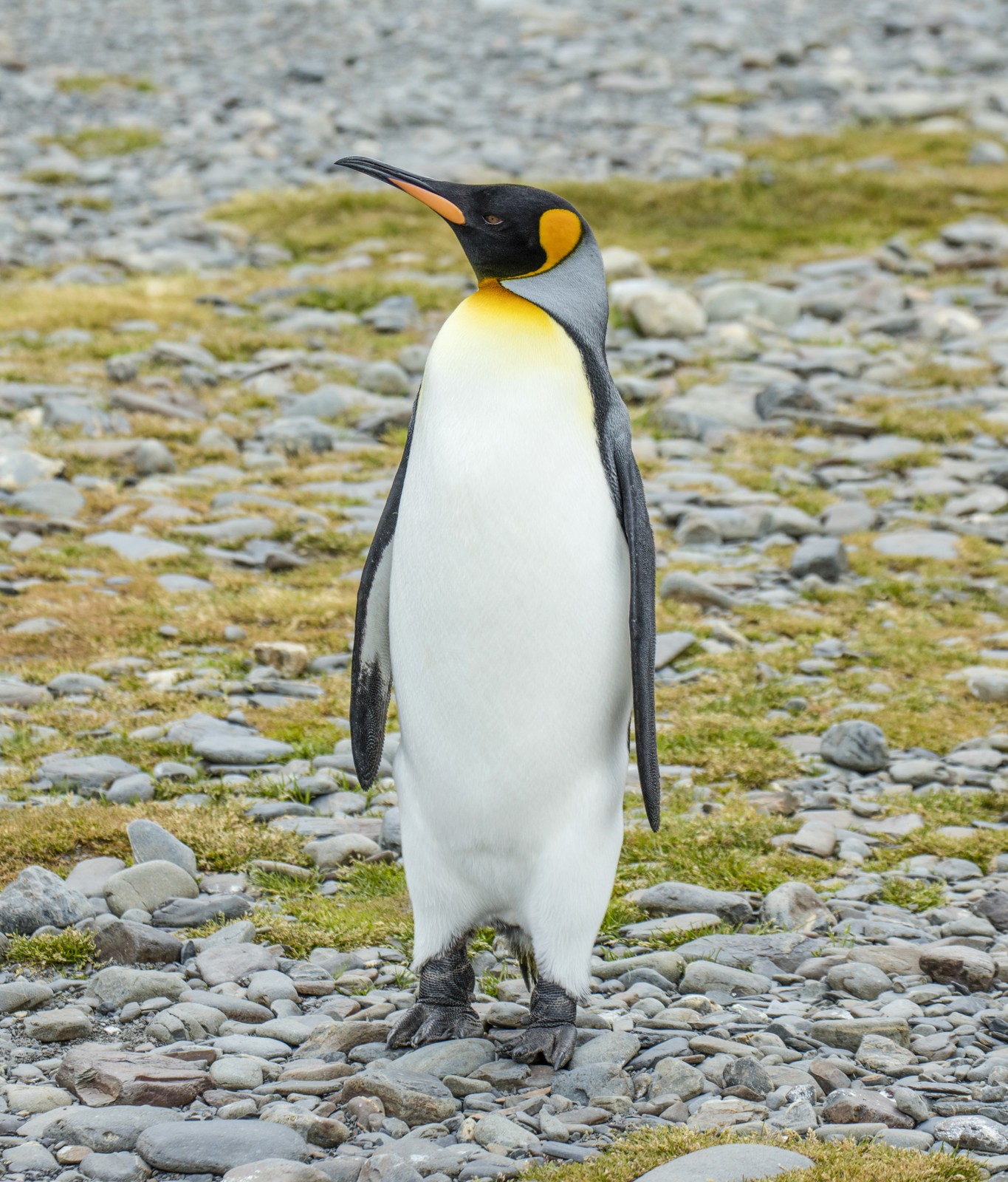Margay vs Ocelot: A Complete Comparison
While Margays and Ocelots may appear similar at first glance, these remarkable wild cats have distinct characteristics that set them apart. The Margay (Leopardus wiedii) is notably smaller, weighing 5-9 pounds (2.3-4.1 kg), while the Ocelot (Leopardus pardalis) is significantly larger at 18-35 pounds (8.2-15.9 kg). Beyond size, these fascinating felines differ in their hunting strategies, preferred habitats, and physical adaptations.
Perhaps the most striking difference between Margay vs Ocelot lies in their arboreal abilities. Margays possess unique ankle joints that can rotate 180 degrees, making them among the most accomplished tree-dwelling cats in the Americas. Ocelots, while capable climbers, spend considerably more time hunting on the ground.
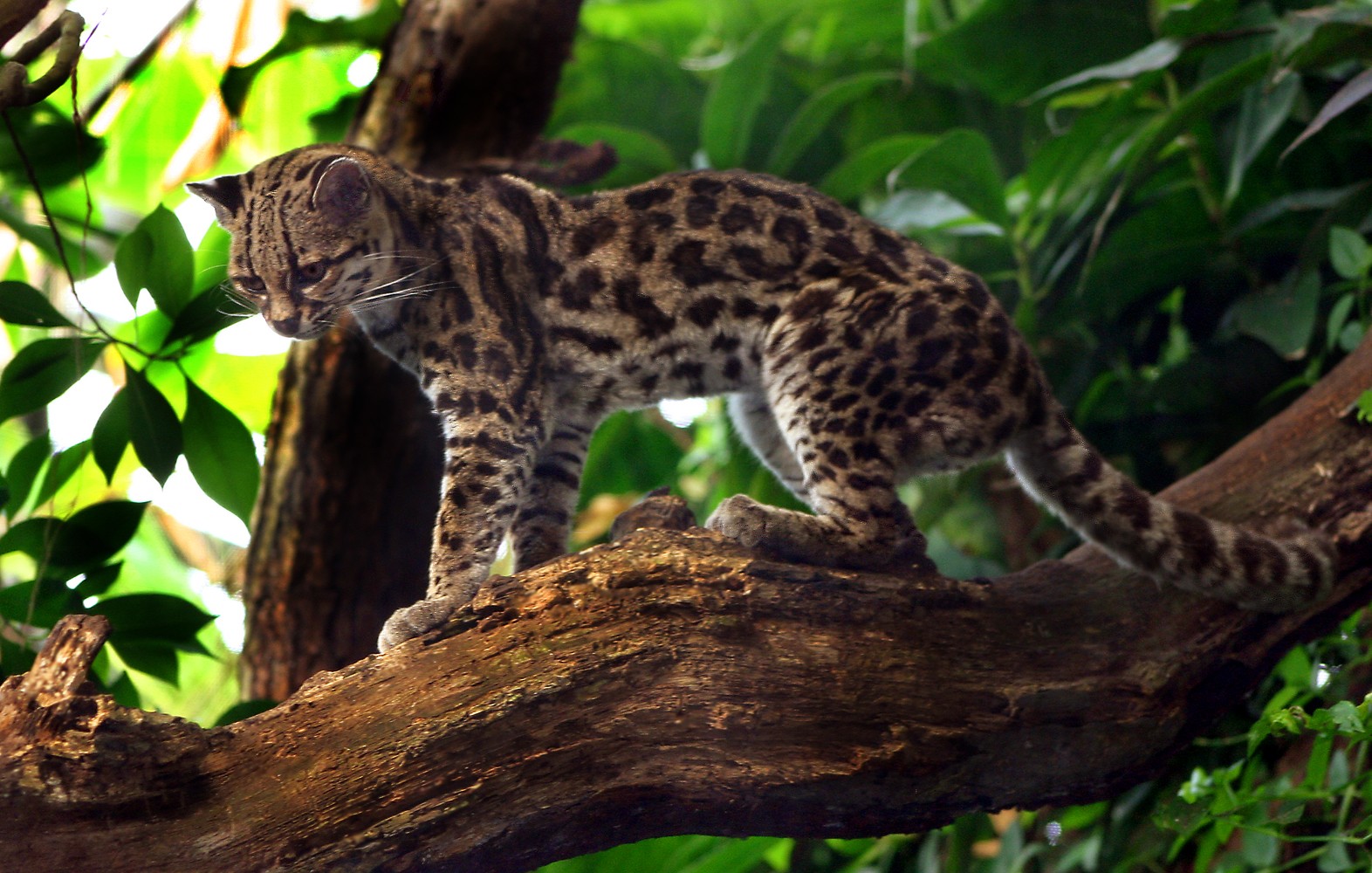
The Margay demonstrates its exceptional arboreal adaptations, with specialized ankle joints allowing it to navigate tree branches with remarkable agility. These small wild cats can even descend trees headfirst, a rare ability among felines.
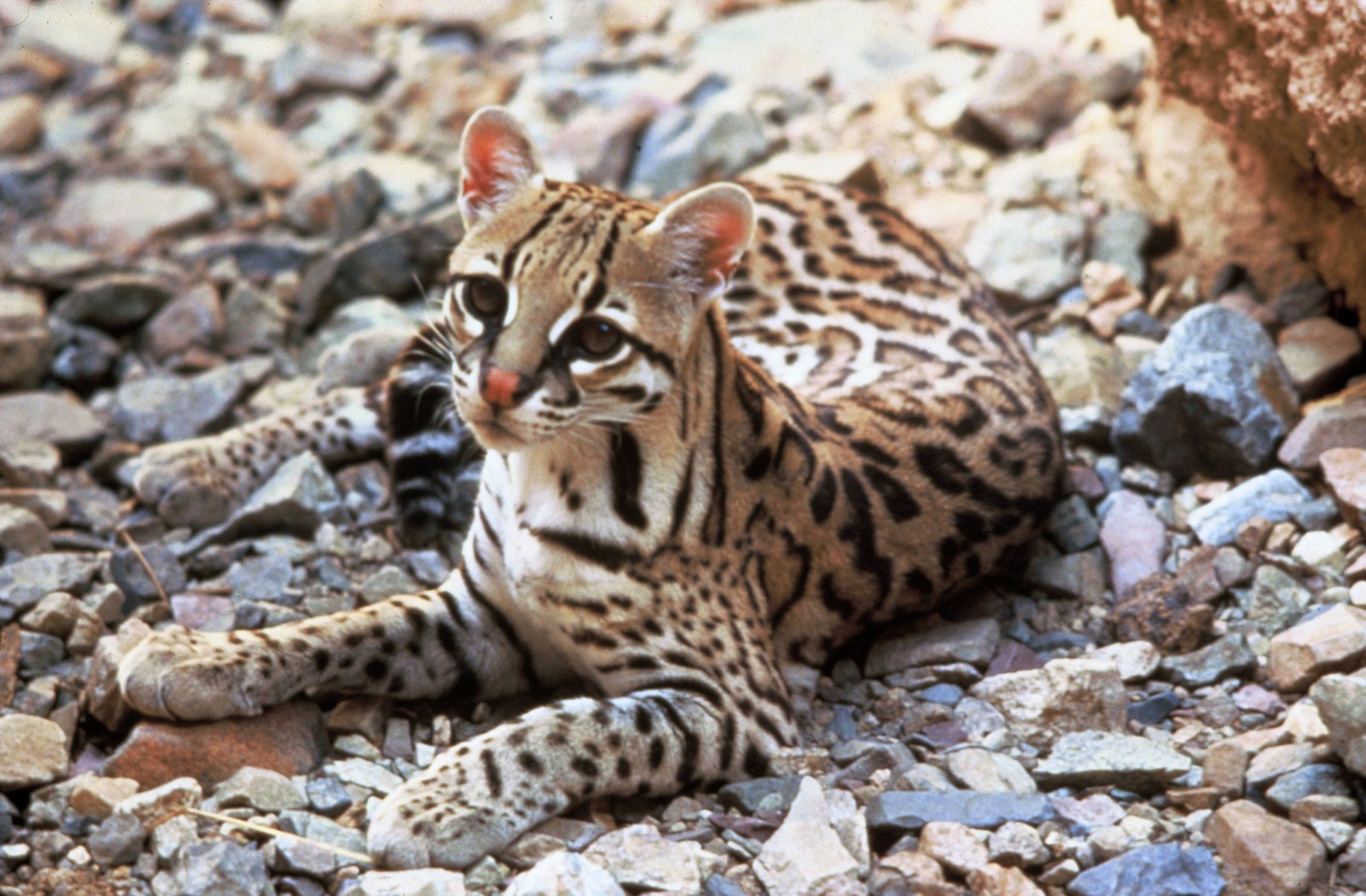
The larger Ocelot exhibits its characteristic ground-dwelling nature, with a more robust build and distinctive rosette patterns. Their stronger build reflects their adaptation to terrestrial hunting strategies.
Key Physical and Behavioral Differences
| Feature | Margay | Ocelot |
|---|---|---|
| Weight | 5-9 lbs (2.3-4.1 kg) | 18-35 lbs (8.2-15.9 kg) |
| Body Length | 19-24 inches (48-61 cm) | 28-35 inches (71-89 cm) |
| Tail Length | 13-20 inches (33-51 cm) | 11-16 inches (28-41 cm) |
| Habitat Preference | Dense rainforest canopy | Forest floor and grasslands |
| Hunting Style | Primarily arboreal | Primarily terrestrial |
| Special Adaptation | 180° rotating ankles | Superior ground speed |
Habitat and Distribution
While both species inhabit Latin American forests, their specific habitat preferences differ significantly. Margays are true forest specialists, requiring dense canopy cover and rarely venturing to the forest floor. Ocelots demonstrate greater habitat flexibility, thriving in various environments from tropical forests to grasslands and even semi-arid regions.
Hunting and Dietary Differences
The hunting strategies of these wild cats reflect their evolutionary adaptations:
-
Margays primarily hunt:
- Arboreal mammals
- Tree-dwelling birds
- Tree frogs
- Insects
- Small primates
-
Ocelots typically target:
- Ground-dwelling rodents
- Rabbits
- Iguanas
- Fish
- Ground birds
Conservation Status and Threats
Both species face significant conservation challenges, though their threats differ slightly:
-
Margay threats:
- Deforestation
- Forest fragmentation
- Specialized habitat loss
- Limited adaptation to disturbed areas
-
Ocelot threats:
- Habitat loss
- Road mortality
- Hunting for fur (historical)
- Human-wildlife conflict
Who Would Win in a Confrontation?
While direct confrontations between Margays and Ocelots are rare in the wild, the significantly larger size and muscular build of the Ocelot (18-35 lbs vs 5-9 lbs) would give it a clear advantage in any potential encounter. However, these cats typically avoid each other through temporal and spatial separation in their habitat use.
Interesting Adaptations and Behaviors
Both species showcase remarkable adaptations that highlight their evolutionary divergence:
-
Margay adaptations:
- Rotating ankle joints
- Exceptionally long tail for balance
- Large eyes for night vision
- Specialized arboreal hunting techniques
-
Ocelot adaptations:
- Powerful swimming ability
- Enhanced ground speed
- Larger paw size for varied terrain
- Broader dietary flexibility
Understanding these differences between Margay vs Ocelot not only helps in species identification but also underscores the remarkable diversity of wild cats in the Americas and their unique evolutionary adaptations to specific ecological niches.
